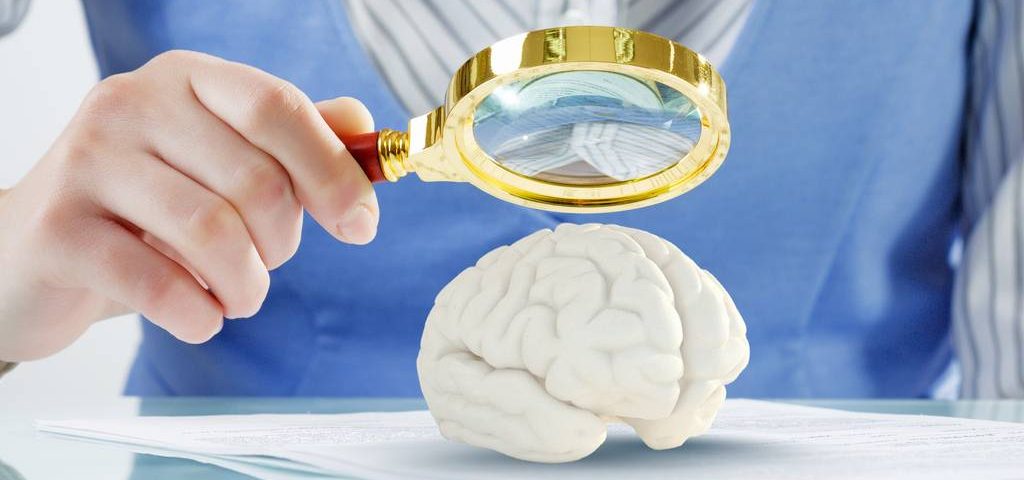The case of a 19-year-old patient diagnosed with adrenomyeloneuropathy (AMN), the adult-onset form of adrenoleukodystrophy (ALD), highlights how attention and behavioral issues may be early indicators of ALD.
Findings were published in the case report, “Pearls & Oy-sters: Adolescent-onset adrenomyeloneuropathy and arrested cerebral adrenoleukodystrophy,” in the journal Neurology.
AMN is caused by mutations in the ABCD1 gene that leads to the accumulation of very long-chain fatty acids in the brain. Symptoms typically appear at 20–40 years of age, generally earlier in males than females, and it’s often not clear what precipitates it.
The report details the diagnosis of AMN in a 19-year-old male who also had both autism spectrum disorder (ASD) and attention deficit hyperactivity disorder (ADHD).
Two years prior to the diagnosis, the patient began experiencing weakness in his lower legs, causing one to two falls per week. Leading up to the examination, he also started having leg spasms and increasingly frequent urinary incontinence.
These new symptoms were not associated with any kind of lifestyle change, and the patient’s vitals were within normal ranges. A battery of tests were performed, checking for nutritional deficits, autoimmune diseases, vascular problems, and infections, all of which came back negative.
Researchers then assessed the patient’s brain through magnetic resonance imaging (MRI) and noticed a small abnormality — a T2 lesion. Interestingly, this same lesion was also present on an MRI scan done for unrelated reasons 11 years earlier in 2007; however, at that time, the lesion wasn’t noted — likely because none of the clinicians were “looking for it,” since the patient did not have symptoms suggesting they should.
“Because the findings were subtle, the MRI was read as normal. Due to the normal read and lack of symptoms, [the patient] did not have repeat imaging until the current presentation,” the researchers wrote.
This result raised the suspicion of AMN, and genetic testing confirmed the diagnosis, revealing a disease-causing variant in the patient’s ABCD1 gene.
Further analysis also showed the patient had abnormal cortisol and adrenocorticotropic hormone levels, which are indicative of ALD/AMN — even though he did not have symptoms directly suggesting dysregulation of these hormones.
The patient was then given medication to help with leg spasticity and was transferred to an acute rehabilitation facility under the care of a specialist.
Based on this case report, the team suggested that “clinical suspicion for AMN should be high in an adolescent with new-onset spastic paraparesis [progressive weakness and spasticity/stiffness of the legs] … especially in the presence of a … lesion on MRI, despite the absence of adrenal insufficiency.”
They also emphasized that “many children with ALD are initially diagnosed with new attention difficulties and behavioral difficulties, so ALD should always be entertained as a differential diagnosis to idiopathic ADHD. These behaviors in a previously healthy child may delay diagnosis and potential life-saving treatment.”
They recommended that males (who are at a higher risk of X-linked genetic diseases like ALD) who are suspected of having ASD and/or ADHD undergo a full neurological examination to rule out the possibility of ALD — and so that treatment can be started as early as possible if the child does have the disease.


